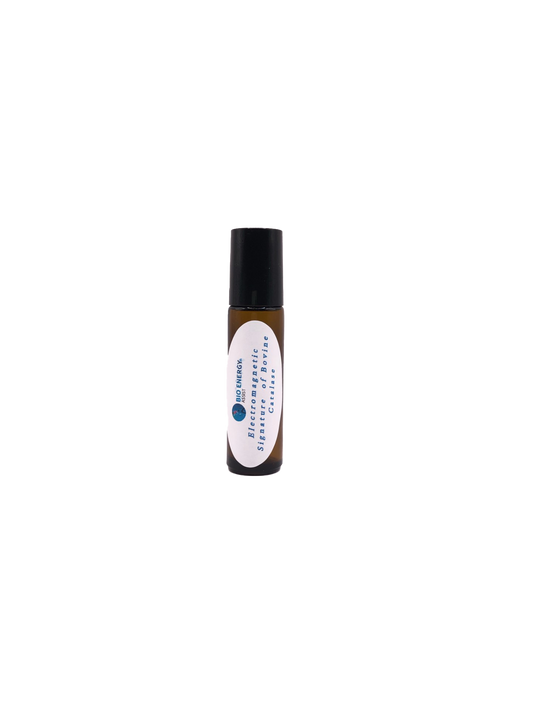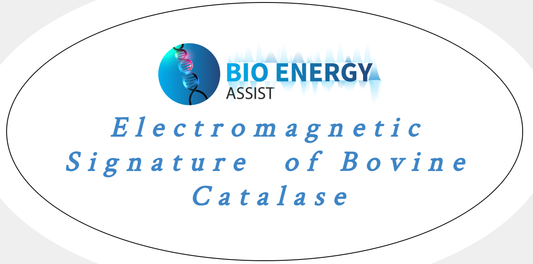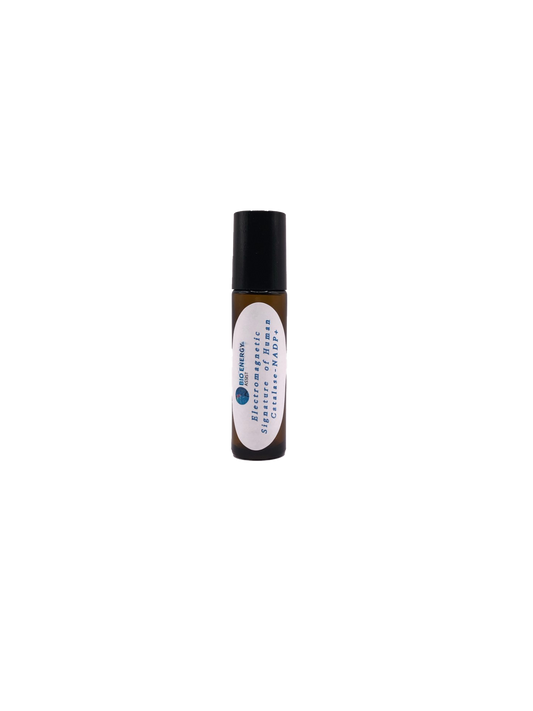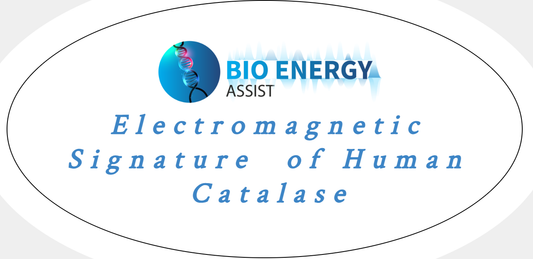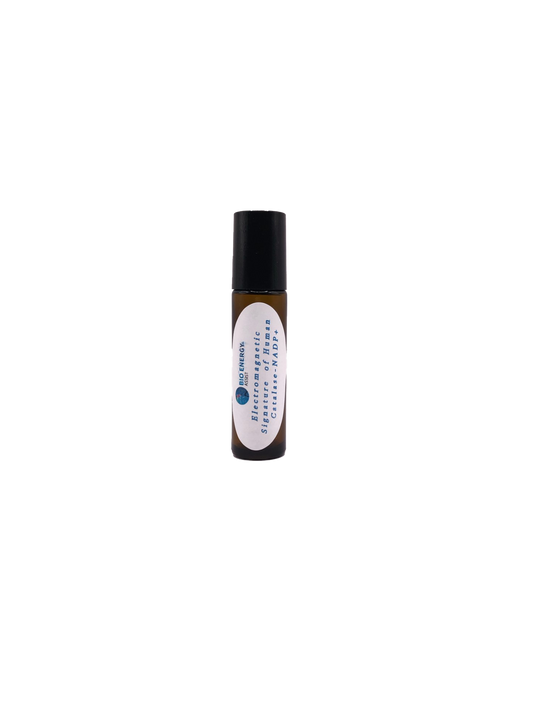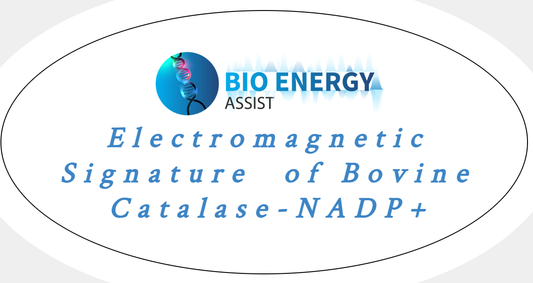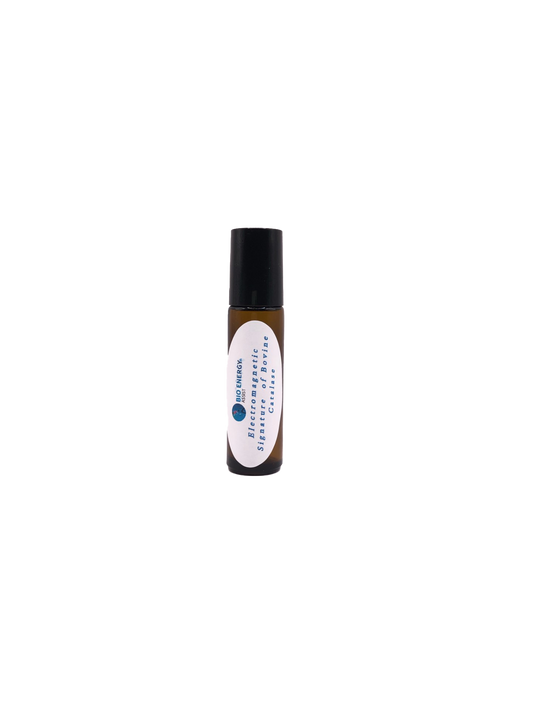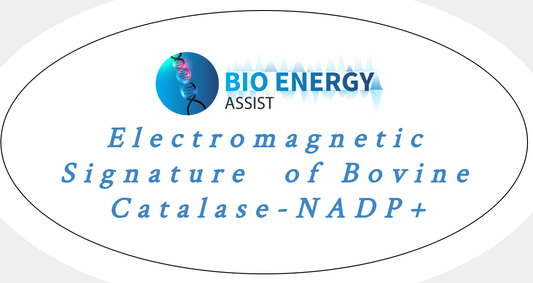For Education
We are now offering products that can be purchased for education. Show your classroom that one can speed up or slow down enzymes by applying frequencies to them. It is a fascinating experience for them!
One can prove with an easy and simple method that frequencies are actually impacting greatly enzyme activity. For example, the efficacy of bovine and human catalase frequencies on the catalase enzyme can be compared to catalase activity without frequencies applied.
Check out the peer-reviewed article published recently.

Method: (published in Scientific Reports by Iwase, T. et al. A Simple Assay for Measuring Catalase Activity: A Visual Approach. Sci Rep. 3, 3081 (2013).)
Use 10 test tubes allocated to frequencies, and 10 others allocated to no frequencies. The method is exactly the same for each set of 10, including the water baths (same water, same temperature - ambient) so that the only change in the experiment is the frequency.
1) Choose the concentration you want to use (between 20 and 200U of bovine catalase) and then dissolve that amount in the appropriate amount of distilled water. Pipette 100µl to each test tube.
2) Place the test tubes in a water bath containing catalase frequencies (human or bovine), and of course, one water bath without any frequencies for comparison. One can place the vial in the water bath and remove it after 3 minutes or so, or it can remain in the water bath.
3) Add the substrate, hydrogen peroxide (12%, 250µl or 30%, 100µl), with some kind of soap to trap oxygen bubbles (we use Triton X-100, 100µl).
Measure the height of the bubbles that are trapping the oxygen.
This is a simple proof of the fact that frequencies are actually impacting enzyme activity.
- Featured
- Best selling
- Alphabetically, A-Z
- Alphabetically, Z-A
- Price, low to high
- Price, high to low
- Date, old to new
- Date, new to old

